Blood Wood
Skip other details (including permanent urls, DOI, citation information)
: This work is licensed under a Creative Commons Attribution-NonCommercial-NoDerivatives 4.0 International License. Please contact [email protected] to use this work in a way not covered by the license.
For more information, read Michigan Publishing's access and usage policy.
In the past decade, China’s presence in Africa has been gaining momentum, the earlier state-to-state trading later evolved into infrastructure investment. Chinese presence on the continent can be increasingly measured in roads, railways, and dams built by Chinese companies, who would bring in their own “migrant” workers, they invested in as well as much-needed schools and hospitals to many corners of Africa.
As seen in Lu Guang’s 15-odd years of testimonial on development and pollution in China — for which in 2015 he received his third World Press Photo Award for long-term projects (see the Trans Asia Photography Review’s spring 2015 issue for my presentation of his “China Water Survey”) — the impact of the fast and furious development can be devastating. The rise of Chin has been accompanied by a voracious demand for raw materials such as oil and minerals, as it has brought widespread prosperity to the Chinese masses, increasing the urban population and creating a vast middle class. The boom in real-estate development has led to new demands for home accessories and furniture. The newly rich Chinese consumers are looking increasingly threateningly at African wildlife, not only for rhino horns, elephant tusks, and tiger bones, but also for pangolin scales and grey parrots.[1]
From the New Yorker: “But China is so big and so hungry that its appetites could well doom numerous species at once, from the armored pangolin to the Knysna sea horse, a monogamous fish endemic to South African estuaries.”[2] The traditional habitat of these species is Africa’s rain forest, in the Congo Basin, which represents the second green lung of the earth, and is now threatened with deforestation, with imaginable consequences for the wildlife and the local population.
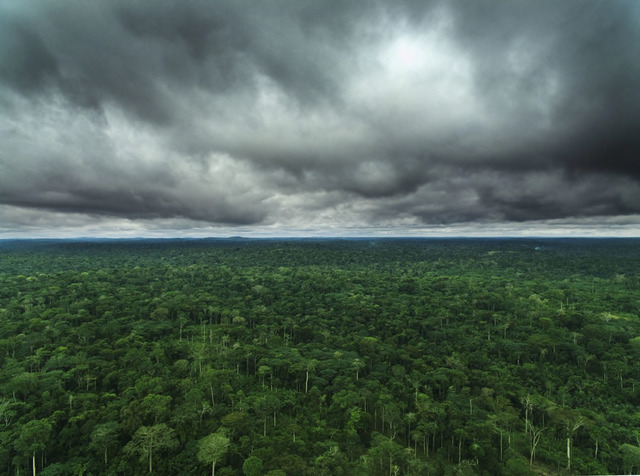 Fig. 2. Lu Guang, Congo Basin rainforest - the second lung of the planet, August 2016, Democratic Republic of Congo, © Lu Guang.
Fig. 2. Lu Guang, Congo Basin rainforest - the second lung of the planet, August 2016, Democratic Republic of Congo, © Lu Guang.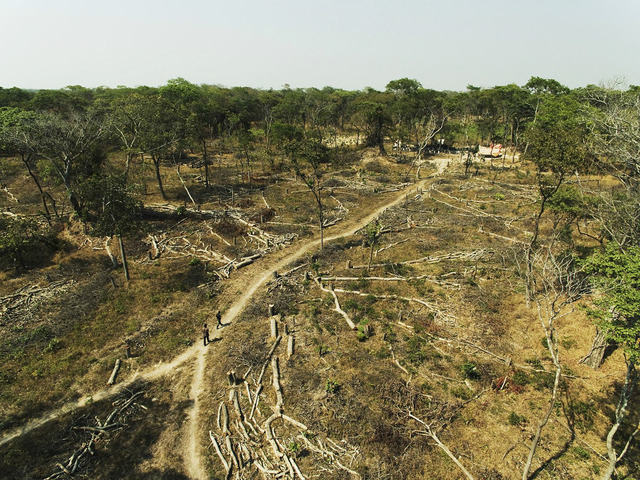 Fig. 3. Lu Guang, African woodland disappearing at great speed, August 2016, Democratic Republic of Congo, © Lu Guang.
Fig. 3. Lu Guang, African woodland disappearing at great speed, August 2016, Democratic Republic of Congo, © Lu Guang.Today, due to high demand from rich Chinese, rosewood has become a scarcity, especially coveted because of its red hue and its hardness, ideal for carving into luxury furniture in China as well as for guitars in the United States and Europe, rosewood – mahogany have been practically wiped out in Cambodia, and its illegal trade and trafficking have provoked crises in Thailand and Myanmar. Chinese traders have discovered an alternative: They have begun sourcing a variety of rosewood called Bloodwood (Mukula in the Congo) from central and southern Africa that could pass for rosewood to the undiscerning eyes of most consumers.
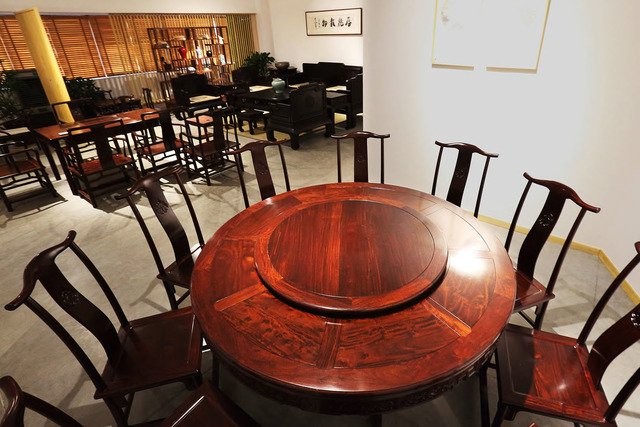 Fig. 4. Lu Guang, Luxury furniture in bloodwood, August 2016, Democratic Republic of Congo, © Lu Guang.
Fig. 4. Lu Guang, Luxury furniture in bloodwood, August 2016, Democratic Republic of Congo, © Lu Guang.The sap of Bloodwood tree of Congo, when cut, bleeds like blood.
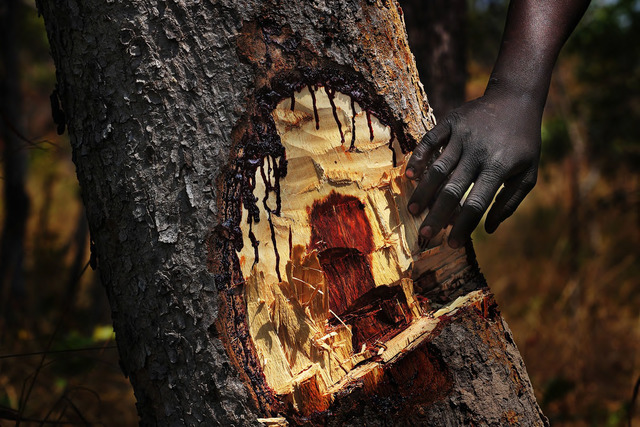 Fig. 5. Lu Guang, Bloodwood bleeding after fresh cut, August 2016, Democratic Republic of Congo, © Lu Guang.
Fig. 5. Lu Guang, Bloodwood bleeding after fresh cut, August 2016, Democratic Republic of Congo, © Lu Guang.Logging in the Democratic Republic of the Congo (DRC) and shipping to China are thriving. Reports say 75 percent of Africa’s wood production is exported to China, making timber China’s third-largest import of raw material. “Most Chinese imports of rosewood have come from Southeast Asia, but in recent years traders are turning to West Africa to help satisfy booming consumer demand. From 2010 to 2014, China’s rosewood imports from Africa jumped 700%, and in the first half of 2016 alone, nearly $216 Million worth of West African rosewood was imported into China,” according to the international group Forest Trends.[3]
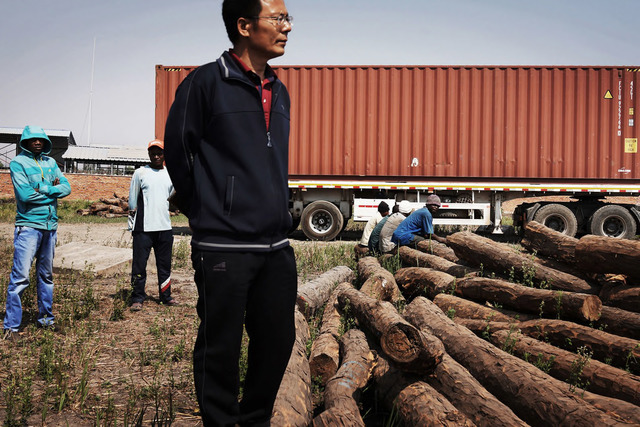 Fig. 6. Lu Guang, Chinese boss prepares logs for container at seaport, August 2016, Democratic Republic of Congo, © Lu Guang.
Fig. 6. Lu Guang, Chinese boss prepares logs for container at seaport, August 2016, Democratic Republic of Congo, © Lu Guang.As most of the African forests are exploited illegally, Greenpeace has been trying to draw international attention and has lobbied the Chinese government on the issue.
This is the background that motivated the photographer Lu Guang to undertake this journey to one of the poorest, most troubled, and most dangerous countries in the world. It was also his first mission outside the familiar territory of China.
Lu Guang systematically recorded the conditions of the team of young loggers he called his Boy Band. He documented in depth the working conditions of these boys in the Katanga forest. To cut down a Bloodwood tree that takes a hundred years to mature, they need a team and one full day — using only primitive axes, as required by the Congolese president Joseph Kabila, “to reduce the rate of deforestation.” (In neighboring country Cameroon, Lu Guang did photograph a logger who used a chain saw to single-handedly cut down a three-hundred-year-old tali tree in just an hour.) Lu Guang also reveals how the logger-boys collectively lift a 300 kg log onto a truck with their bare hands, without the mechanical help of a bulldozer or a crane, hence the risk of frequent injuries. When you get your fingers crushed there usually goes uncompensated. Here is a poignant portrait of a boy holding his bandaged hand with crushed fingers.
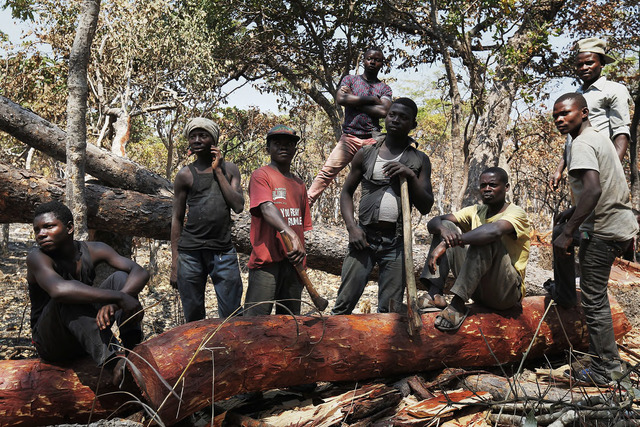 Fig. 7. Lu Guang, Team of 21 loggers in Katanga province, August 2016, Democratic Republic of Congo, © Lu Guang.
Fig. 7. Lu Guang, Team of 21 loggers in Katanga province, August 2016, Democratic Republic of Congo, © Lu Guang. Fig. 8. Lu Guang, Only primitive axes are legally used to cut trees, August 2016, Democratic Republic of Congo, © Lu Guang.
Fig. 8. Lu Guang, Only primitive axes are legally used to cut trees, August 2016, Democratic Republic of Congo, © Lu Guang.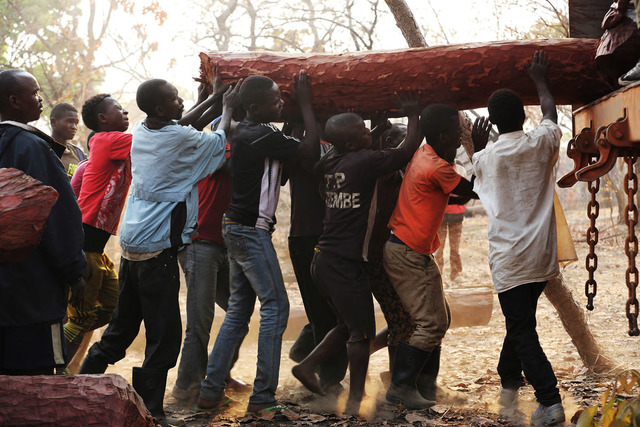 Fig. 9. Lu Guang, Twenty men to fill one truck-load in half a day, August 2016, Democratic Republic of Congo, © Lu Guang.
Fig. 9. Lu Guang, Twenty men to fill one truck-load in half a day, August 2016, Democratic Republic of Congo, © Lu Guang.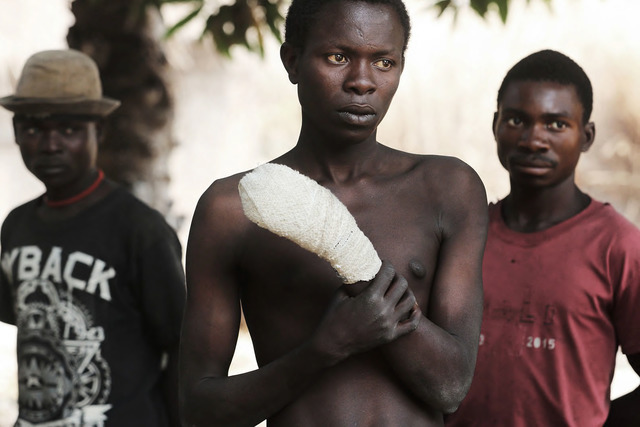 Fig. 10. Lu Guang, Mbayo’s fingers were crushed while logging, but he receives no money for medical treatment, August 2016, Democratic Republic of Congo, © Lu Guang.
Fig. 10. Lu Guang, Mbayo’s fingers were crushed while logging, but he receives no money for medical treatment, August 2016, Democratic Republic of Congo, © Lu Guang.Very different from most landscape or wildlife photography, Lu Guang takes a close look at the heart of a freshly cut bloodwood tree, its sap dripping like blood from a wound. Another close-up shows several pairs of hands holding on to a red, meat-like stump, scarred from hatchet’s cuts, a young logger resting on a trunk of bloodwood in the midst of debarked logs that resemble flayed human flesh. Lu Guang’s image are telling us that those trees are living creatures.
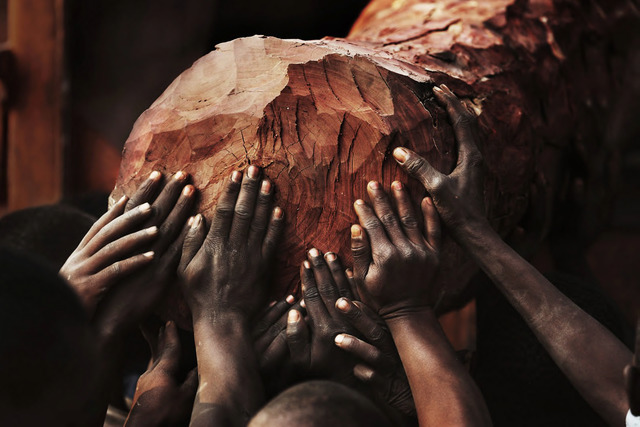 Fig. 11. Lu Guang, For larger pieces they work like ants, August 2016, Democratic Republic of Congo, © Lu Guang.
Fig. 11. Lu Guang, For larger pieces they work like ants, August 2016, Democratic Republic of Congo, © Lu Guang.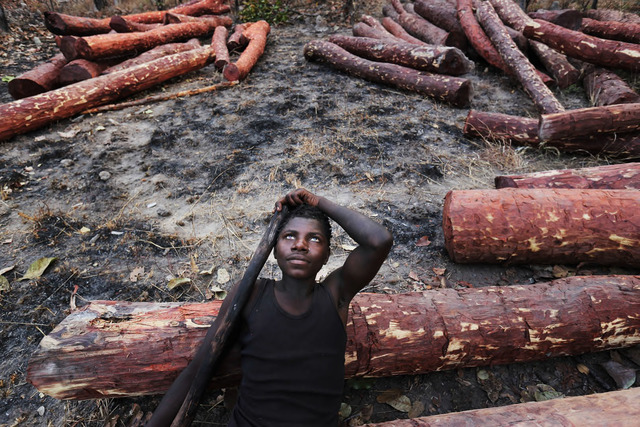 Fig. 12. Lu Guang, Twenty-year-old Miwab resting on piles of bloodwood, August 2016, Democratic Republic of Congo, © Lu Guang.
Fig. 12. Lu Guang, Twenty-year-old Miwab resting on piles of bloodwood, August 2016, Democratic Republic of Congo, © Lu Guang.Using a drone camera, like a detective Lu Guang followed the trail of trucks loaded with logs jamming the narrow mud road surrounded by lush forest green on a cross-continental journey to the seaport, where they meet up with the Chinese traders who organize transferring the wood into containers and shipping it to China. In Zhejiang Province, at the port of Zhangjiagang, Lu Guang followed the delivery containers to the rosewood wholesale market, the so-called Bloodwood City. There he talked to the Chinese furniture-business bosses, such as the one carefully inspecting the debarked logs dumped haphazardly on the floor, a bundle of thirty tons he just purchased after having already acquired six hundred. To be complete, Lu Guang went inside those factories, where workers and craftsmen cut and carve and polish each piece of bloodwood as they make classic, very expensive furniture.
 Fig. 13. Lu Guang, Bloodwood arrives at Zhangjiagang in China, August 2016, Democratic Republic of Congo, © Lu Guang.
Fig. 13. Lu Guang, Bloodwood arrives at Zhangjiagang in China, August 2016, Democratic Republic of Congo, © Lu Guang.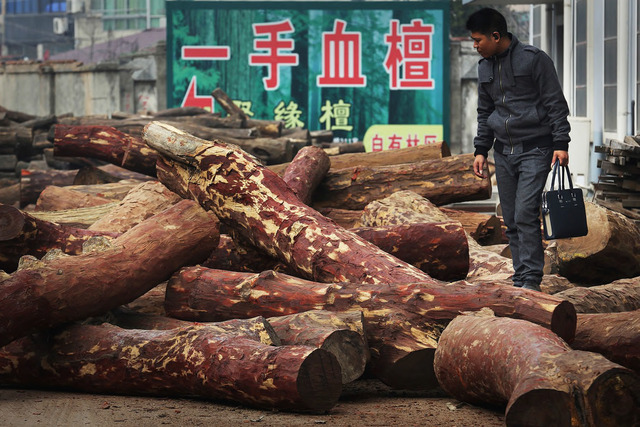 Fig. 14. Lu Guang, Traders from Anhui and Fujian checking the quality, August 2016, Democratic Republic of Congo, © Lu Guang.
Fig. 14. Lu Guang, Traders from Anhui and Fujian checking the quality, August 2016, Democratic Republic of Congo, © Lu Guang.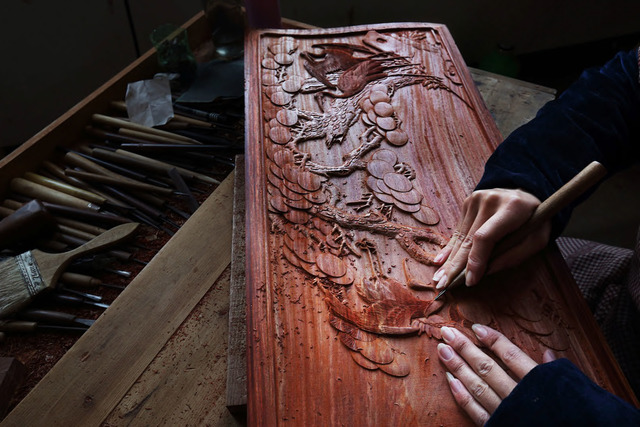 Fig. 15. Lu Guang, Bloodwood carving in a furniture factory, August 2016, Democratic Republic of Congo, © Lu Guang.
Fig. 15. Lu Guang, Bloodwood carving in a furniture factory, August 2016, Democratic Republic of Congo, © Lu Guang.Remarkably, as a Chinese photojournalist, Lu Guang is able to look calmly at the impact of China’s greedy development on one of the most needy and turbulent countries in the world. His cool-headed narrative requires that we pause to think about our identity as members of one club: planet Earth. And we must think about the words blood and wood and what they mean, within each single one of his pictures, regarding the relationship between humankind and Mother Nature.
Jean LOH is an independent photography curator and critic based in Shanghai, where he is founder and director of Beaugeste Gallery. He is also a curatorial advisor for the Dali Photography Museum in Yunnan China, and a regular contributor to https://loeildelaphotographie.com/en/.
NOTES
1. Hannah Beech, “Pandas, Pangolins, and China’s Fitful Attempts at Wildlife Conservation,” in The New Yorker, April 30, 2017. https://www.newyorker.com/news/news-desk/pandas-pangolins-and-chinas-fitful-attempts-at-wildlife-conservation
2. https://news.mongabay.com/2017/07/pangolin-hunting-skyrockets-in-central-africa-driven-by-international-trade/
3. https://www.theguardian.com/environment/2016/sep/24/cites-endangered-species-meeting-johannesburg
RESOURCES
- http://www.sixthtone.com/news/1846/chinese-demand-for-bloodwood-cuts-into-congos-ecosystem
- http://www.chinafile.com/china-africa-project/how-chinas-insatiable-demand-timber-threatens-congos-rainforests
- https://oxpeckers.org/2017/02/xuecheng-hou-and-timber/ Chinese Mafia Boss turns to timber in Namibia
- Lisa Movius, “Photographer Lu Guang Reveals How China’s Love of Bloodwood Is Destroying African Forests,” in Art Newspaper November 24, 2017. https://www.theartnewspaper.com/news/photographer-lu-guang-reveals-how-china-s-love-of-bloodwood-is-destroying-african-forests
- Caroline Boudehen, “Blood Wood” La Nouvelle Exposition Coup de Poing de Lu Guang, podcast.
- https://www.podcastjournal.net/Blood-Wood—la-nouvelle-exposition-coup-de-poing-de-Lu-Guang_a25037.html


